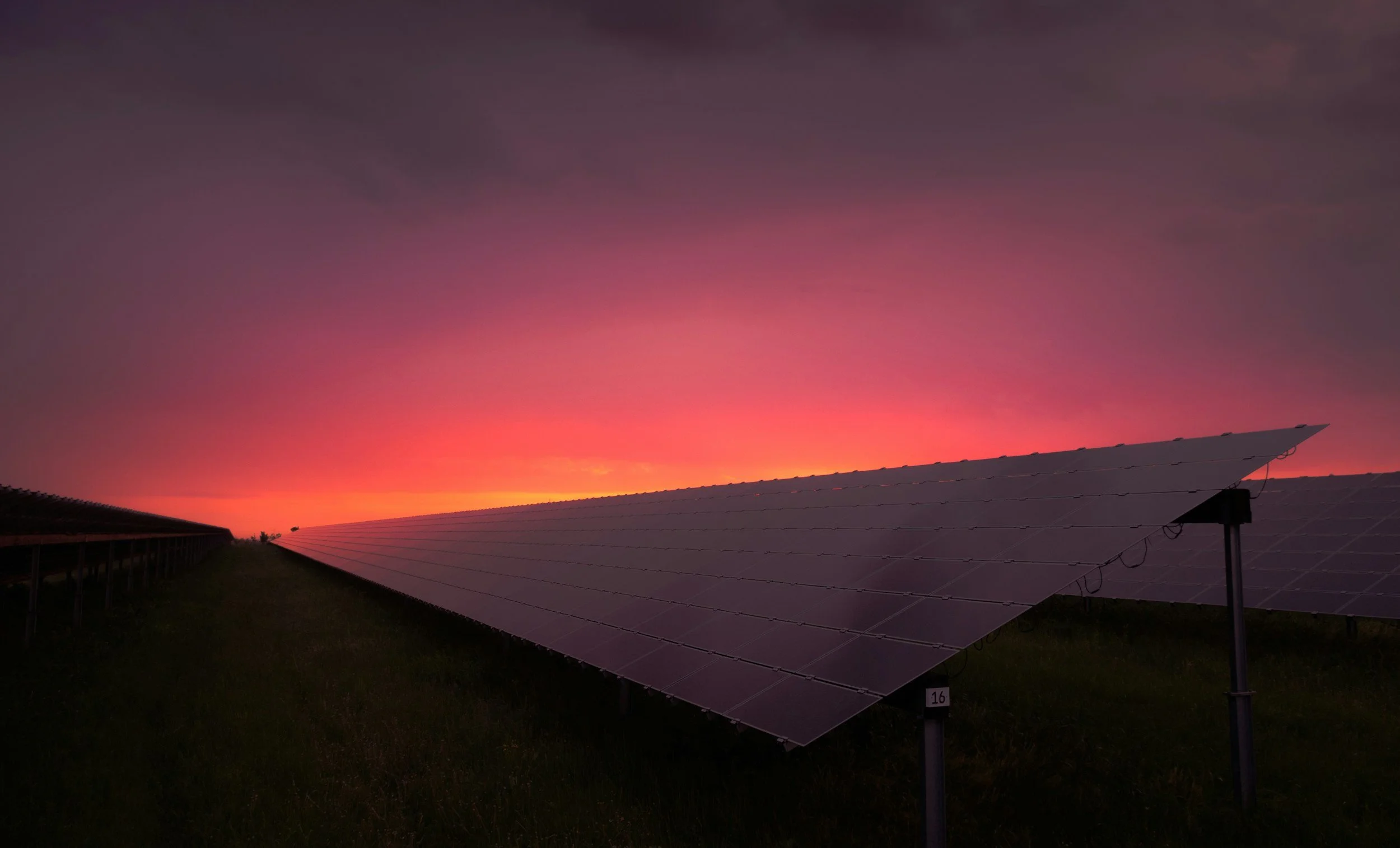Energy Market Update - 23 April 2025
European energy markets softened yesterday as expectations of warmer weather and shifting LNG supply helped drive gas and power contracts lower. Ongoing Norwegian flows, reduced US LNG arrivals, and macroeconomic concerns all weighed on sentiment, with storage inventories still well below 2024 levels and prompting continued market caution.
Natural gas prices across the UK and continental Europe declined further, with the NBP Day-Ahead contract settling at 84.50 p/therm and TTF at 86.22 p/therm. The week saw a notable 12% drop in European LNG imports, largely due to ongoing production issues at US terminals such as Plaquemines and Sabine Pass, resulting in fewer transatlantic cargoes. Despite these disruptions, Norwegian pipeline flows, particularly via Langeled, increased by 6.6 mcm/day to nearly 60 mcm/day, helping to offset lower LNG send-out from UK terminals including Dragon and South Hook. Four LNG cargoes remain inbound to the UK, supporting short-term supply confidence. However, pan-European gas storages are at 37.04% full as of 20 April, over 25% lower than the same period last year, which maintains underlying supply risk as the market heads into summer.
Regional supply fundamentals remain in focus. The Norwegian Hammerfest LNG terminal entered its annual maintenance period, scheduled to last through mid-July, temporarily reducing available supply. Germany’s Wilhelmshaven terminal is also in a brief maintenance phase, set to return on 26 April. Meanwhile, UK system demand has risen to 196.25 mcm, supported by robust UKCS and Norwegian production, with withdrawals from medium-range storage rising to meet prompt demand. Temperature forecasts for the UK and Germany have been revised upwards, now expected to be up to 5°C above seasonal norms over the coming week, sharply curbing heating demand and placing further downward pressure on spot gas prices.
Forward contracts similarly weakened, with May, June, and July gas contracts each losing around 3.2–3.3 p/therm from the previous session. Q3 2025 gas shed 3.50 p/therm to 84.90, and the winter 2025 strip eased by 3.87 p/therm to 92.59. The forward curve continues to reflect uncertainty, particularly regarding ongoing maintenance in Norway and the pace of US LNG recovery. With European storage levels so far below last year’s, injection rates and further supply bottlenecks remain under close watch by market participants.
UK power prices retreated in line with gas. The UK Day-Ahead Baseload contract settled at £89.00/MWh, down £4.00 from the previous session, while Summer 2025 power fell by £2.10/MWh to £73.70/MWh. The main drivers were improved temperature forecasts and a more optimistic solar outlook, which together reduced anticipated demand for gas-fired generation. Prompt wind generation in the UK continues below seasonal averages but is expected to rise by the weekend, which could reduce gas burn for power. Over the last fortnight, UK power generation has been dominated by consistent CCGT and nuclear output, with renewables underperforming and interconnector flows from France and the Netherlands stable. The timely return of the Torness 2 nuclear reactor has eased pressure on gas-for-power, and French nuclear outages remain limited with no immediate capacity concerns.
Intraday volatility in system prices persisted, with a daily maximum buy price of £74.78/MWh and a minimum sell price of £52.23/MWh reported on 23 April. The overall market outlook is characterised by steady supply but uncertain demand, with attention focused on further developments in renewable output and weather trends.
Commodity prices also softened amid global macroeconomic and geopolitical pressures. Brent crude settled at $67.44/bbl, reflecting ongoing concerns around economic growth and easing risk sentiment. API2 coal for 2026 dropped $2.09 to $105.77/tonne. European carbon markets followed suit, with EUA December 2025 falling by €1.50 to €64.39/tonne and UKA contracts at £46.70/tonne. Atlantic and Asia-Pacific LNG spot prices also eased: the JKM May contract fell to $11.77/MMBtu, while TTF-linked spot LNG dropped to $11.52/MMBtu, reflecting the combination of weak European demand and ample global inventories.
Geopolitical developments continue to influence the energy market backdrop. The European Commission is moving forward with legal measures to allow EU firms to terminate Russian gas contracts without penalty, potentially escalating the bloc’s energy independence strategy. In parallel, commentary from US Treasury officials on easing US-China trade tensions helped buoy risk assets, though the path to resolution remains long. UK government borrowing exceeded forecasts, raising questions for future energy investment and sentiment. US trade policy continues to evolve, with tariffs on Southeast Asian solar panels and ongoing peace talks related to Ukraine in London all adding to the complex outlook.
Overall, the European energy market is navigating a period of subdued demand, continued supply uncertainty, and shifting geopolitical dynamics. Warmer weather, reduced LNG arrivals, and the ongoing storage deficit remain key factors shaping the direction of gas and power prices in the near term.
